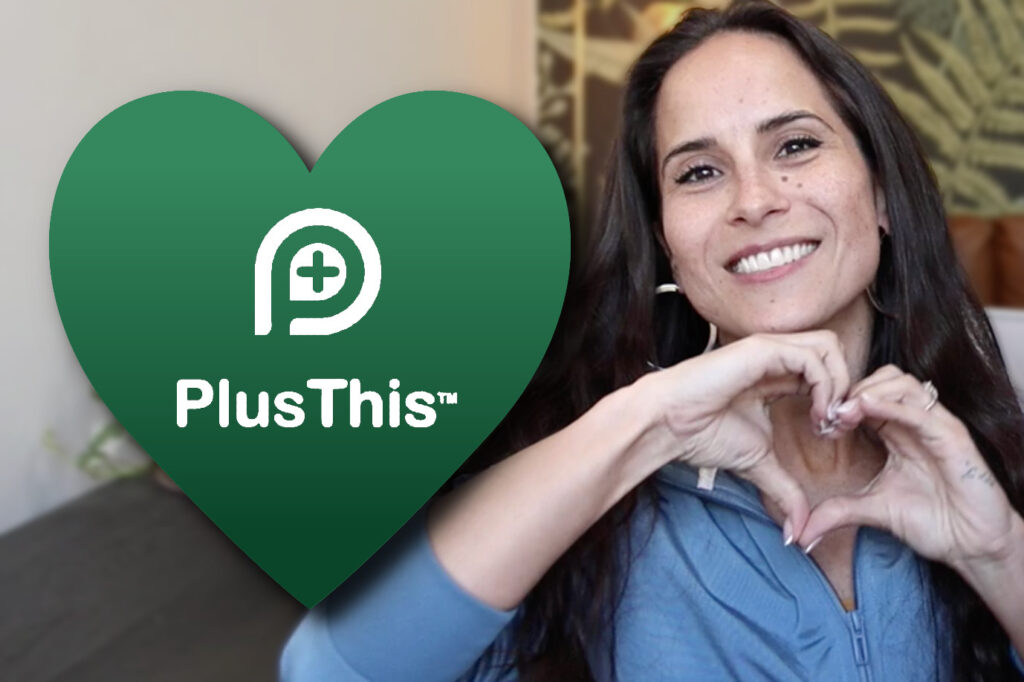I think the first and second posts I wrote dispelling these myths probably gave you plenty of context, but in case you haven’t read them, or have forgotten: Nurture is really, really important.
Nurture Myth #3: Nurture is something you do for your business.
 Sometimes this one takes a little while to sink in, but when it does, the shift it can cause is quite powerful. You see, most people build a nurture process to stay in touch with their prospects – and why do they want to stay in touch with their prospects? Well, probably because they want to make more sales. Or, because they want to keep that top-of-mind awareness. So what’s wrong with this, we all want more sales, right?
Sometimes this one takes a little while to sink in, but when it does, the shift it can cause is quite powerful. You see, most people build a nurture process to stay in touch with their prospects – and why do they want to stay in touch with their prospects? Well, probably because they want to make more sales. Or, because they want to keep that top-of-mind awareness. So what’s wrong with this, we all want more sales, right?
Of course we do. And there’s nothing wrong with it on it’s own. The reason I’m calling this out is because driving more sales is only part of what a nurture process should do. It’s only part of the purpose of creating a nurture funnel.
The other half of the equation is benefiting the prospect. That’s right, your nurture process should be something that the prospect derives value from. If you are emailing your prospects regularly and it’s self-serving, they’re going to be able to see right through it, and truthfully, you could be doing your brand a disservice.
 Look at your own inbox, and look at the way you interact with emails – which ones do you dismiss right away? Which ones do you click on first? Usually there’s a theme among the emails that we open and read:
Look at your own inbox, and look at the way you interact with emails – which ones do you dismiss right away? Which ones do you click on first? Usually there’s a theme among the emails that we open and read:
- They’re from people we know and like.
- They’re about topics that we are interested in.
- They contain information that we need, or that we want.
- They’re fun and/or engaging.
You may not be able to tackle all of these bullet points in every single email, but each email you send should touch on at least one of those themes.
If you’re looking back at your nurture strategy (and I would recommend it) and you’re wondering how you can spruce things up a bit, I’ve got a few recommendations for you. Pick one or a all of these and go to work:
- Be convenient.
Your nurture can actually be really well received if it shows up at a time that is convenient for the recipient. I get a post card from my dentist every 6 months or so reminding me that it’s time to come in for a cleaning. If your business operates seasonally, or has any sort of service that people need more than once – think about how frequently they need it, and remind them when it’s time to purchase again. There’s a way to handle this that isn’t intrusive and that your customers will actually grow to appreciate (Just ask Jessica Maes). - Be informative.
Nurture at it’s core is just staying in touch with your prospects – but it’s really easy to forget why you’re staying in touch with them. The reality is that you should be building a relationship, and earning their trust. One method for doing this is by making them better every single time you show up. You can do this by delivering education through tips, videos, blog posts, etc. - Be useful.
As with the second bullet point, you want to show up with something that they need. This goes beyond just information, it could also be a resource. People love ebooks, best practices, or checklists. Think about the things that you learned while becoming an expert in your field, and find nuggets that you can package up to demonstrate your expertise, while also being useful to the prospect.
It all boils down to value. I’ll also let you in on a little secret – if every time you show up in my inbox you make my life better, then I’m going to want you to show up more and more often. Your prospects will too.
I’ve talked with plenty of people who are worried about spamming their list, or they don’t want to email too regularly because they don’t want to annoy people. I’m gonna call BS on that one.
If you’re worried about your prospects marking you as spam, or about annoying them, then it probably means you aren’t very confident in the value you’re providing. I’m a big email permission advocate, but I don’t think I’ve ever said “Wow, what a valuable email. Whelp, into the spam folder it goes.”
So, that’s Nurture Myth #3 – design your nurture funnel with delivering value as your primary focus. You might be surprised at how powerful this can be. If you use Infusionsoft and you’re curious how to design a nurture process, or where it fits in your Lifecycle Marketing strategy, then I’d recommend the step-by-step formula laid out in my LCM: Real Life course.






So good, Greg.
If you’re actually serving others, then it will end up serving the business.
Keep serving these up!
You know what they say “The easiest way to make people believe that you care about them, is to actually care about them.”
We wanna say thnx you for making this website and keep going the fabulous work!